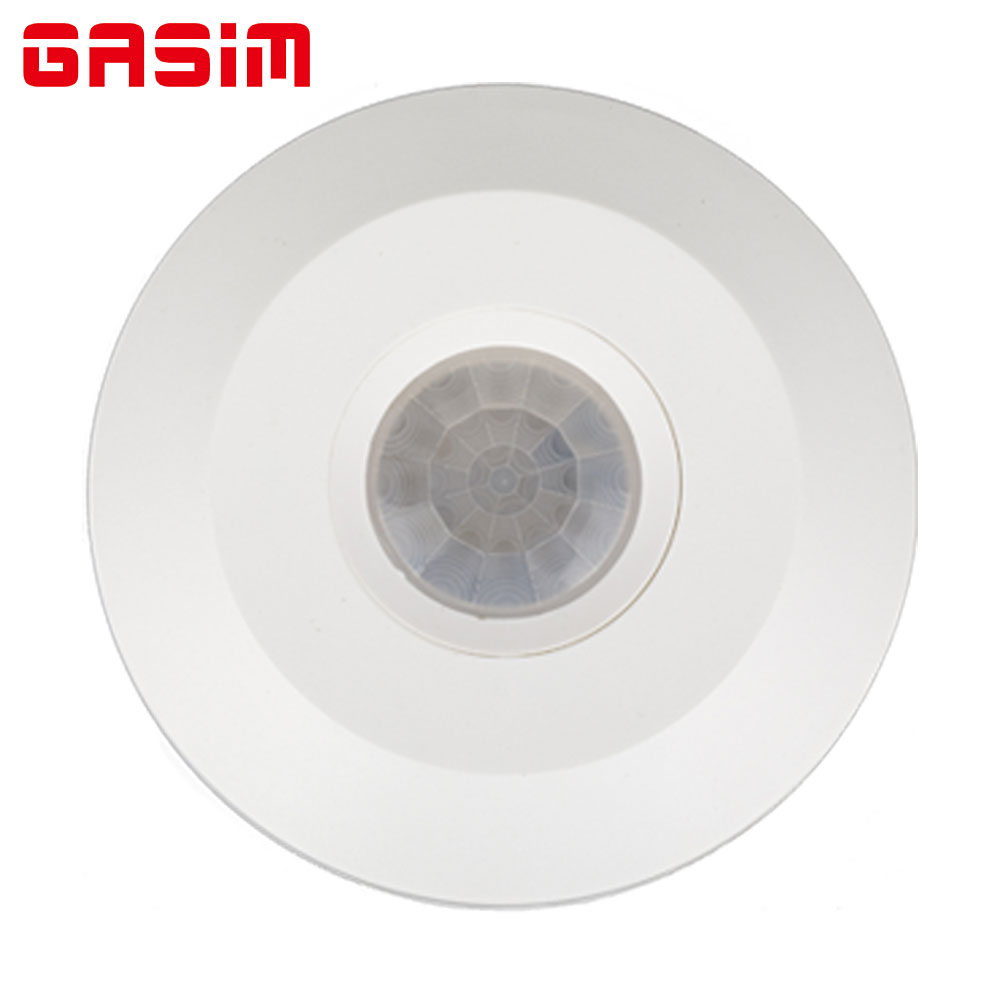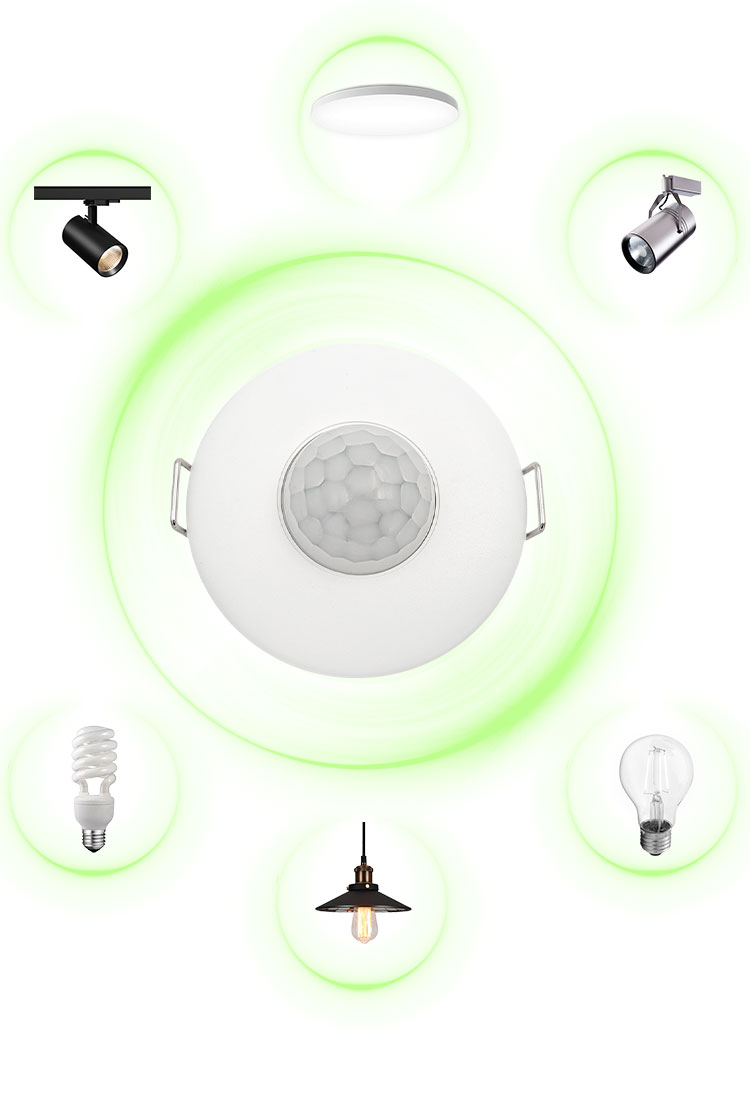

The Invisible Housekeeper in Life — Infrared Sensor
Part 1: The Invisible Housekeeper You’ve Already Been Using
Automatic air conditioning temperature adjustment, phone screens lighting up when approached, sensor faucets... Behind these functions lies the presence of infrared sensors. They act like electronic thermometers, specifically detecting heat radiation (wavelength 8-14 micrometers) emitted by the human body or objects—even sensing when your cat walks by.
Cool Facts:
The human body’s temperature of 37°C is equivalent to the heat output of a 100-watt light bulb.
Infrared sensors are used in forehead thermometers during epidemics.
Part 2: DIY Smart Home Upgrades
1. Lazy Must-Have: Automatic Light System
Materials: HC-SR501 module, old phone charger, waterproof tape
Steps:
1.Cut the output wire of the charger and connect it to the sensor.
2.Stick it at a height of 1.5 meters above the door frame (optimal detection height).
3.When someone passes by, it automatically triggers the smart plug to turn on the light.
Pitfall Avoidance Guide:
1. Do not install it facing sunlight or heating sources (to prevent false triggers)
2.Households with pets should choose models with pet immunity.
2. Anti-Theft Tech
Install two sensors on the balcony:
1. Normal situation: Lights turn on automatically when someone approaches.
2. Abnormal situation: Continuous triggering late at night → phone receives an alert (requires an IoT card).
Part 3: Shopping Guide to Avoid Pitfalls
1.Detection distance: For home use, a range of 5-7 meters (radius of 3-4 meters) is recommended.
2.Response speed: Choose ≤0.3 seconds.
3.Waterproof rating: Use IP44 for indoors and IP65 for outdoors.
2025 New Products:
1. Millimeter-wave infrared sensors can detect breathing rates through walls (a lifesaver for monitoring elderly people living alone).
2. Ultra-thin models can be hidden behind curtains (only 3mm thick).
In summary, infrared sensors are simple yet incredibly practical little helpers for your home. They offer great convenience at a low cost, making them the "king of cost-effectiveness"! Have you used any clever sensor applications? Feel free to share your experiences in the comments!








